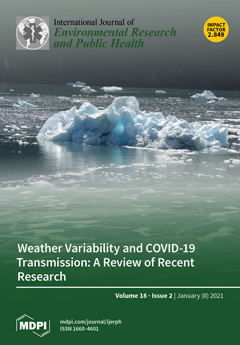Understanding the spatial pattern of soil chemical properties (SCPs) together with topological factors and soil management practices is essential for land management. This study examines the spatial changes in soil chemical properties and their impact on China’s subtropical mountainous areas. In 2007 and 2017, 290 and 200 soil samples, respectively, were collected in Hefeng County, a mountainous county in central China. We used descriptive statistics and geostatistical methods, including ANOVA, semivariance, Moran’s I, and fractal dimensions, to analyze the characteristics and spatial autocorrelation changes in soil organic matter (OM), available phosphorus (AP), available potassium (AK), and pH value from 2007 to 2017. We explored the relationship between each SCP and the relationship between SCPs with topographic parameters, soil texture, and cropping systems. The results show that the mean value of soil OM, AP, AK, and pH in Hefeng increased from 2007 to 2017. The spatial variation and spatial dependency of each SCP in 2007, excluding AP and AK in 2007, were higher than in 2017. The soil in areas with high topographic relief, profile curvature, and planform curvature had less AP, AK, and pH. Soil at higher elevation had lower OM (r = −0.197,
p < 0.01; r = −0.334,
p < 0.01) and AP (r = −0.043,
p < 0.05; r = −0.121,
p < 0.05) and higher AK (r = −0.305,
p < 0.01; r = 0.408,
p < 0.01) in 2007 and 2017. Soil OM and AK in 2007 were significantly (
p < 0.05) correlated with soil texture (
p < 0.05). In contrast, oil AP and soil pH in 2007 and all SCPs in 2017 were poorly correlated with soil texture. The cropping systems played an important role in affecting all SCPs in 2007 (
p < 0.01), while they only significantly affected AK in 2017 (
p < 0.05). Our findings demonstrate that both topological factors, that is, the changes in cropping management and the changes in acid rain, impact soil chemical properties. The local government should place more focus on reducing soil acid amounts, soil AP content, and soil erosion by improving water conservancy facilities.
Full article





